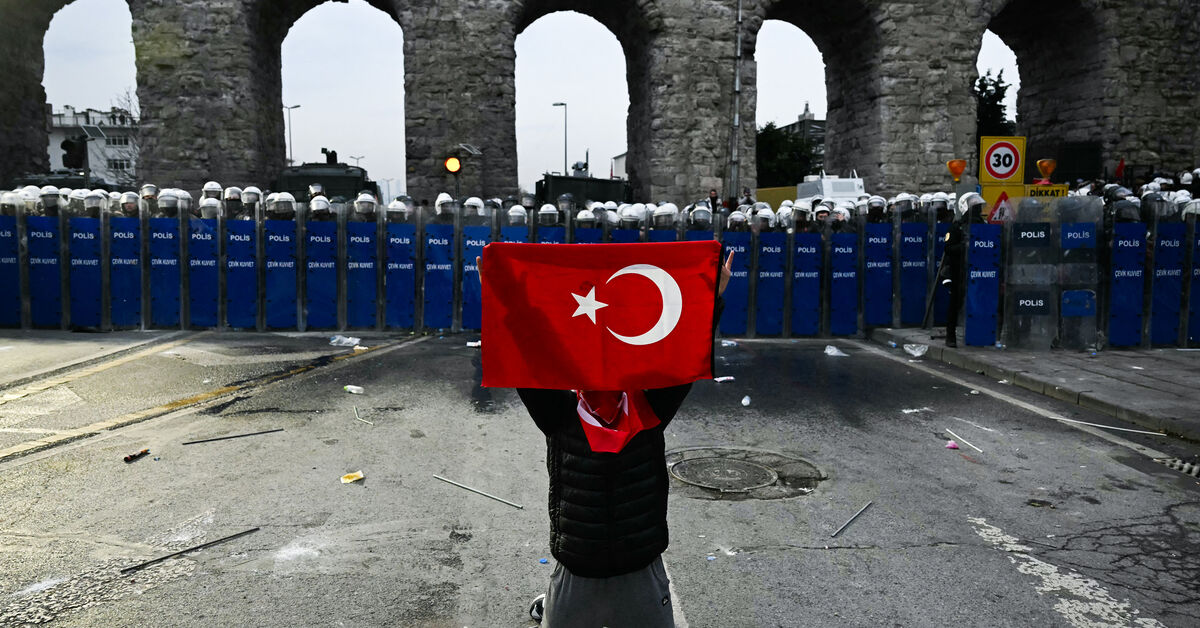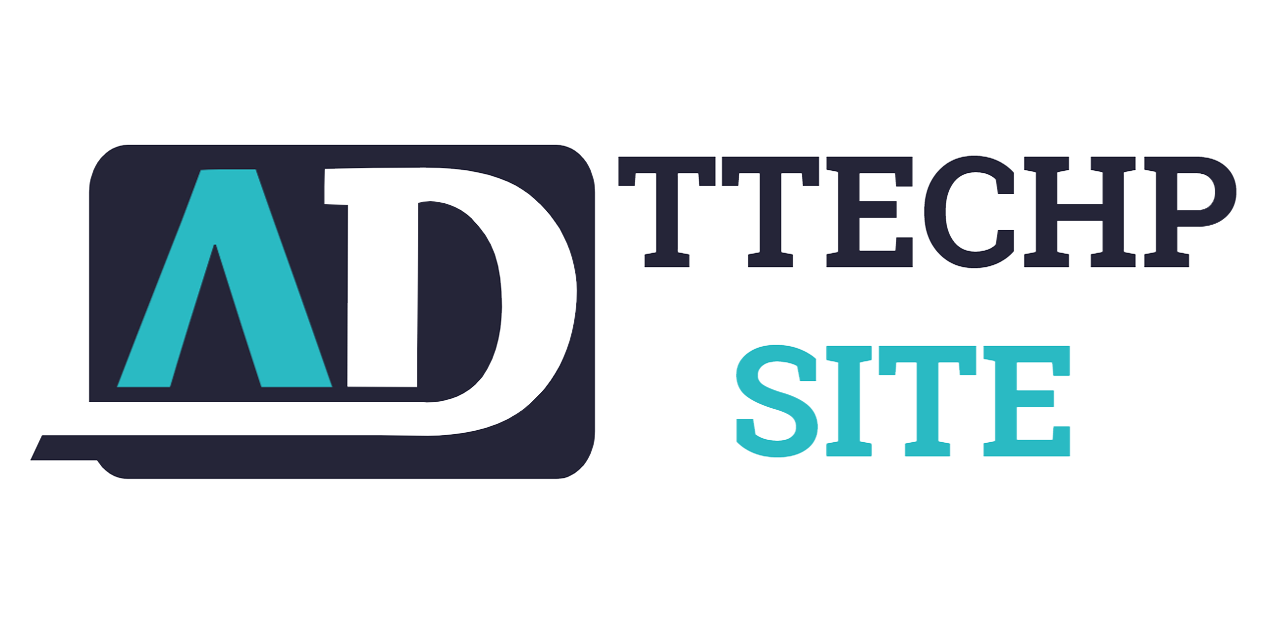Celebrity Backlash: Turkey Tightens Grip on Boycott Supporters with Mass Detentions

The wave of suppression against boycott advocates is intensifying, with authorities taking increasingly aggressive measures to silence dissent. Social media platforms are now systematically blocking accounts associated with boycott movements, while entertainment industry executives are swiftly removing actors who express controversial views from television productions.
This crackdown represents a significant escalation in efforts to control public discourse and limit the spread of critical perspectives. By targeting social media channels and professional platforms, those in power are sending a clear message about the consequences of challenging established narratives.
The systematic removal of voices of opposition extends beyond digital spaces, with professionals facing immediate professional repercussions for expressing solidarity with boycott calls. Actors, journalists, and public figures are finding themselves increasingly vulnerable to sudden career disruptions.
These actions highlight the growing tension between free expression and institutional control, raising critical questions about the boundaries of public dialogue and the mechanisms of social and professional censorship in the current landscape.
